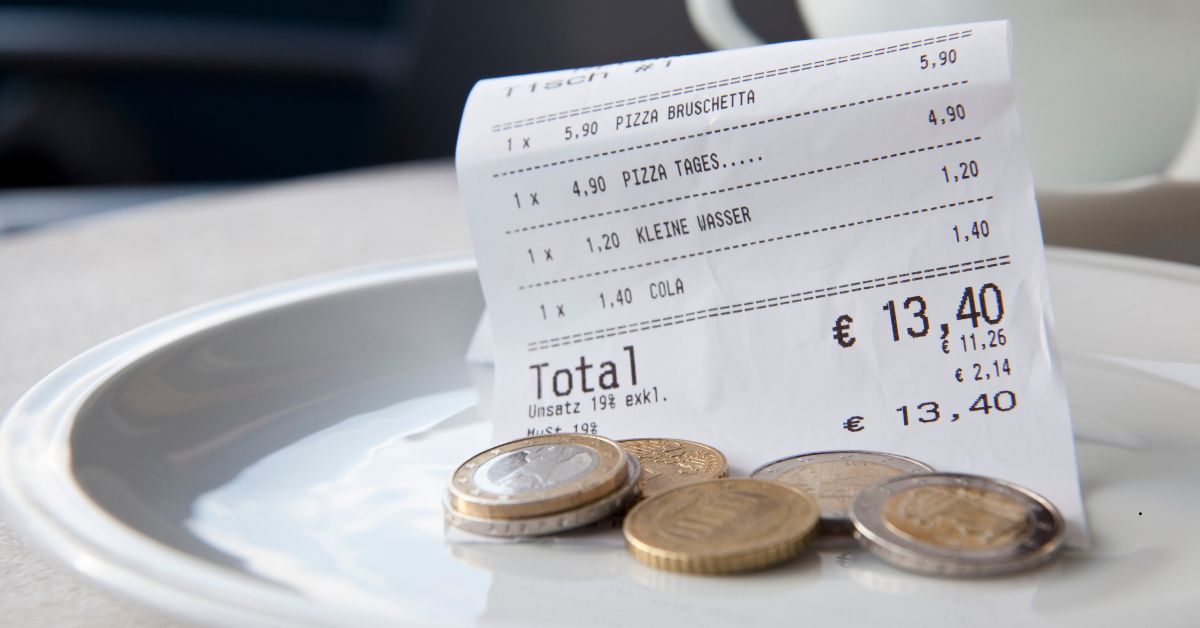Traveling to Italy opens up a world of timeless beauty, delicious food, and rich culture, but it can also be a land of small social customs that throw first-time visitors off. One of the most misunderstood aspects of travel in Italy is tipping.
Coming from countries like the United States or Canada, where tipping is an expected and sizable part of service culture, tourists often approach Italy with the same mindset. But tipping in Italy follows a different rhythm—one that’s slower, subtler, and rooted in a vastly different tradition. In this guide, we’ll break down what you truly need to know to avoid awkward moments and unnecessary overpaying while also being courteous to the people helping make your trip special.
Tipping in Italy isn’t about percentages or pressure. It’s more of a thank-you gesture than a requirement. In many cases, especially in casual settings, it’s simply not expected at all. At times, tipping can even feel out of place, drawing odd glances from locals or creating confusion among staff.
But that doesn’t mean you should never leave anything behind. Rather, the key lies in understanding when a small token of appreciation is appreciated—and when it’s not. Once you get the hang of it, tipping becomes just another piece of the cultural puzzle, a small way to travel smarter and blend in more gracefully.
The Italian Perspective on Tipping

In Italy, tipping isn’t a deeply ingrained custom. Unlike in countries where servers depend on gratuities to make a living wage, Italian workers in hospitality and service industries are generally paid regular salaries, often with benefits. That changes the way tipping is viewed. It’s not built into the social contract or considered mandatory. Rather, it’s more like a bonus—a kind, optional gesture when the service exceeds expectations.
When Italians go out to eat or take a taxi, they might round up the bill or leave a euro or two behind, but they rarely calculate 10% or 20% like Americans do. In fact, tipping too much or too often can be seen as excessive or even awkward. In some rural or less touristy areas, it may make the recipient uncomfortable. This doesn’t mean Italians are ungrateful or cold—it’s simply a different cultural approach to compensation and gratitude.
The phrase you’ll often see or hear is “il servizio è incluso”—which means the service charge is included. That’s your cue to relax. If service is already built into the price, you’re not expected to tack on more unless you truly feel inclined to. This is especially true in more formal settings, like hotels and restaurants, where tips are neither expected nor assumed. Understanding this mindset is your first step to tipping confidently and appropriately in Italy.
Tipping in Restaurants
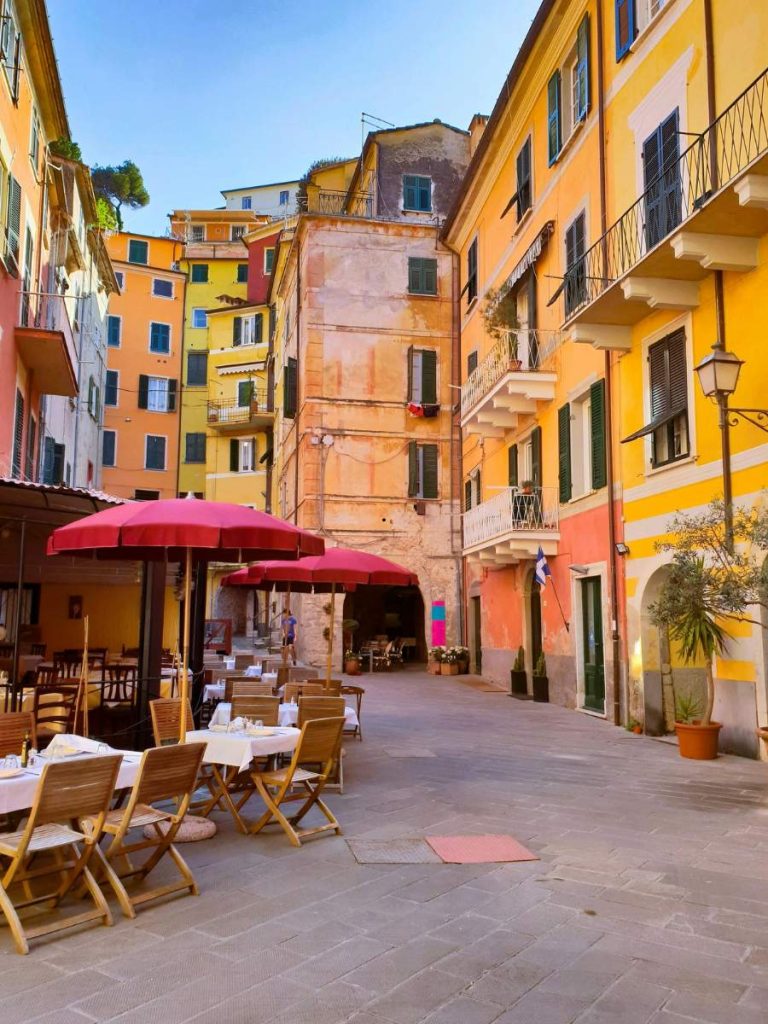
Dining out in Italy can be a wonderful experience: candlelit trattorias, bustling pizzerias, and sidewalk cafés all make food a central part of Italian culture. But for tourists, the bill can lead to confusion. Most restaurants charge a coperto, a per-person fee that covers bread, table settings, and sometimes water. It’s not a tip, but it does mean you’re already contributing something extra on top of the food itself. This fee can range from one to three euros, depending on the region.
When it comes to tipping, there’s no need to overthink it. Italians often leave behind a small coin or two—maybe rounding a €48 bill up to €50 or leaving a couple of euros for a great experience. You’re never expected to leave 10% or 20%. At more upscale establishments, leaving five euros on a €100 tab would already be seen as generous. Servers won’t chase you down for tips, and adding gratuity to a credit card payment is rare. It’s best to leave cash directly on the table if you feel the urge to say thank you.
If you’re grabbing a quick espresso at the bar, tipping isn’t necessary at all. In fact, Italians often drink their coffee standing at the counter, chat briefly with the barista, and go. Leaving a few coins in the tip dish is a friendly gesture but by no means required. However, if you’re sitting down for service, especially in a busy café or tourist area, leaving a euro or two is a polite nod to good service. Just remember: generosity is appreciated, but excess is not the norm.
Tipping Tour Guides and Drivers
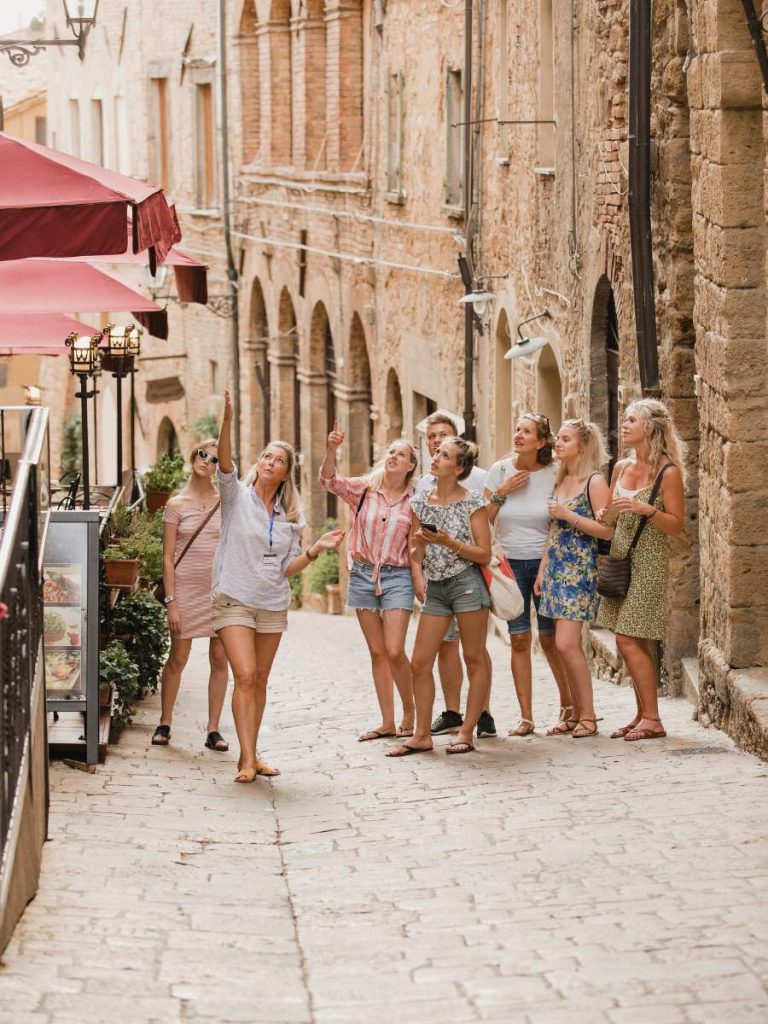
Tourism professionals—such as guides and drivers—occupy a middle ground in Italian tipping culture. If you’ve booked a private guide for a full-day walking tour or an in-depth visit to the Vatican, a tip is both appreciated and more customary than in restaurants. In these cases, tipping about €10–€20 for a full-day private tour is a reasonable token of appreciation. It’s not mandatory, but it’s certainly a warm way to say you enjoyed their company and knowledge.
For group tours, the etiquette is a bit different. If you’ve joined a half-day group tour that cost €50 or more, a couple of euros handed discreetly to the guide at the end is appropriate. The same goes for multi-day tours, where tipping at the end of the experience is typical—often collected as a group gesture. For free walking tours, which are tip-based by design, you’re expected to give something—usually €5 to €10 per person depending on the quality and length of the tour.
When it comes to drivers—whether a hired chauffeur or someone handling your airport transfer—a tip is a kind but not compulsory gesture. For a ride that costs €100, leaving €5 to €10 is fine, especially if the driver helped with luggage or navigated traffic with grace. For short trips, simply rounding up is the way to go. It’s never necessary to overdo it or treat it like you would in countries where drivers rely heavily on tips.
Tipping in Hotels
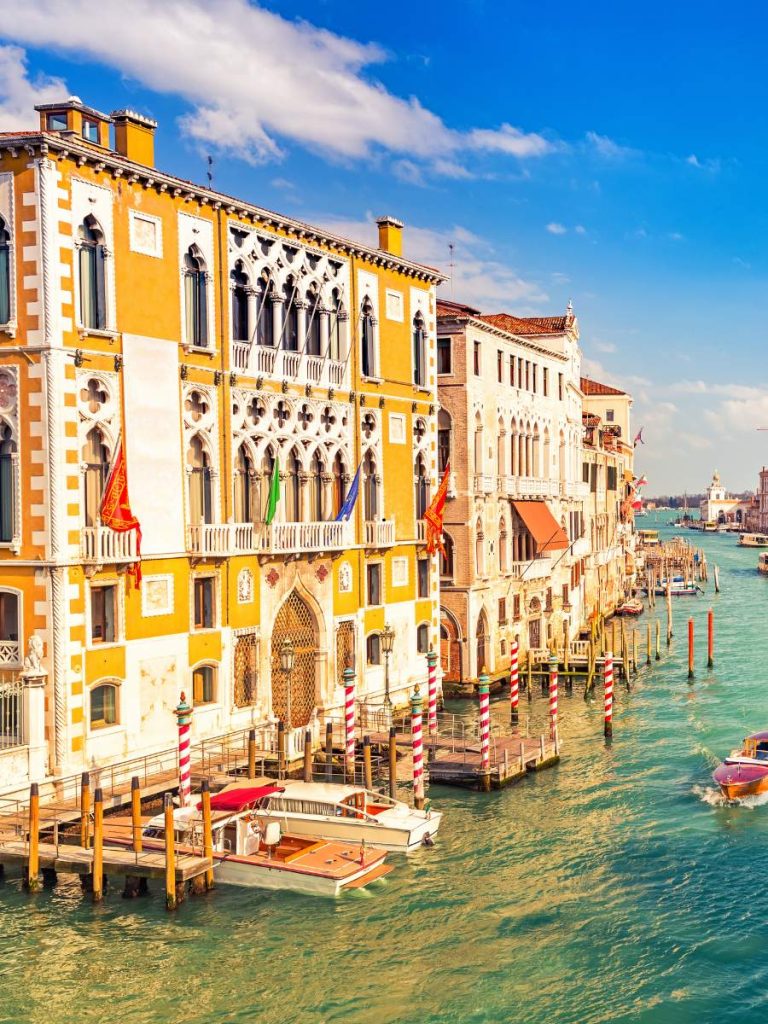
Hotels in Italy range from rustic countryside inns to glamorous five-star properties in Rome or Lake Como. No matter where you’re staying, tipping is more about discretion than obligation. For instance, if a porter helps you with your bags, handing over €1 to €2 per bag is a nice gesture. You won’t offend anyone by not tipping, but it does show appreciation for attentive service, especially in high-end hotels where such extras are part of the experience.
Housekeeping staff are often overlooked when it comes to tipping. If you’re staying more than a few days or feel the room has been exceptionally well-kept, leaving €1 to €2 per night—ideally left daily with a short note of thanks—goes a long way. Again, this is not expected, but it is a courteous gesture, particularly in busy cities where turnover is high and staff work hard behind the scenes.
Concierges rarely receive tips unless they go above and beyond—securing hard-to-get reservations, arranging personal tours, or saving your vacation with a last-minute miracle. In such cases, €5 to €10 is a fitting thank-you. If they simply hand you a map or point out a good gelato shop, there’s no need to tip. Keep in mind that large hotel chains may already include a service charge in your bill, especially in major cities.
Tipping Taxi Drivers and Rideshares
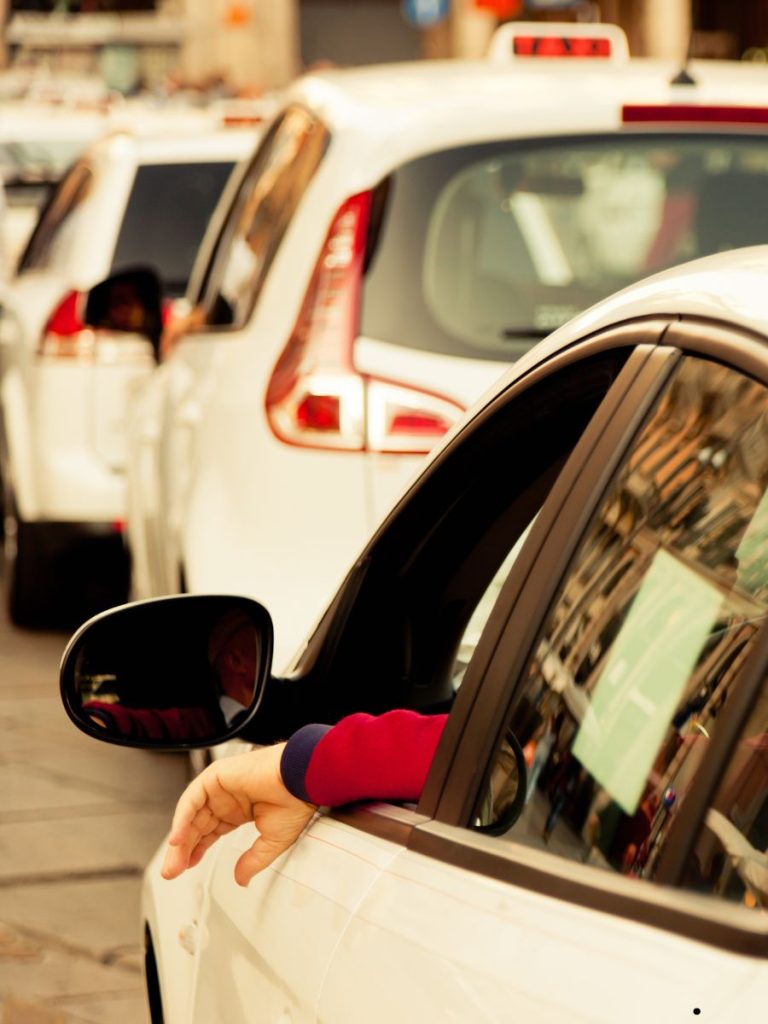
Taking a taxi in Italy is an experience that varies by region. In Rome, for example, taxis are metered and often come with minimum fare rules. In Venice, your taxi might be a boat. No matter the format, the rule of thumb is this: rounding up is usually enough. If your fare is €13.50, leaving €15 is polite. Drivers won’t expect more and won’t bat an eye if you simply pay the exact amount.
If your driver helps with bags, provides helpful local advice, or maneuvers through thick traffic to get you to your train on time, a euro or two extra is appreciated. But if you’re just going from A to B without much interaction, there’s no pressure to tip. Italians themselves rarely do, unless the service was exceptional or there was an unusual favor involved.
For ride-sharing apps like Uber or Free Now, tipping is even more optional. In many cases, tips are done digitally and drivers don’t expect them. Just like with taxis, a small gesture for extraordinary service is kind, but not tipping won’t raise eyebrows. It’s worth noting that in some rural areas, taxis are privately operated and tipping norms can vary slightly depending on how touristy the location is.
Tipping Hairdressers, Spas, and Salons

When it comes to personal grooming, tipping customs in Italy lean toward minimalism. If you’re getting a haircut in a local salon or barber shop, tipping isn’t necessary—but if you’re happy with the service, rounding up the total or leaving a couple of euros is a nice gesture. Italians don’t tip their barbers or stylists in a big way. The culture around these services is built on professionalism, not gratuities.
In fancier salons or spas—particularly those catering to tourists—you might feel more inclined to tip, especially if multiple staff are involved. For instance, if someone washes your hair, another cuts it, and a third styles it, you might leave €2 to €5 total, handed discreetly to the person who managed the whole appointment or split among them. Still, no one will expect it, and no one will comment if you skip it entirely.
Spa treatments, including massages or facials in high-end hotels, may come with a service fee already included in the bill. Be sure to check first. If it isn’t, and the service was relaxing or outstanding, leaving €5 to €10 is appropriate. But again, tipping in these situations is considered a generous gesture, not a social requirement.
Tipping Delivery Drivers and Porters
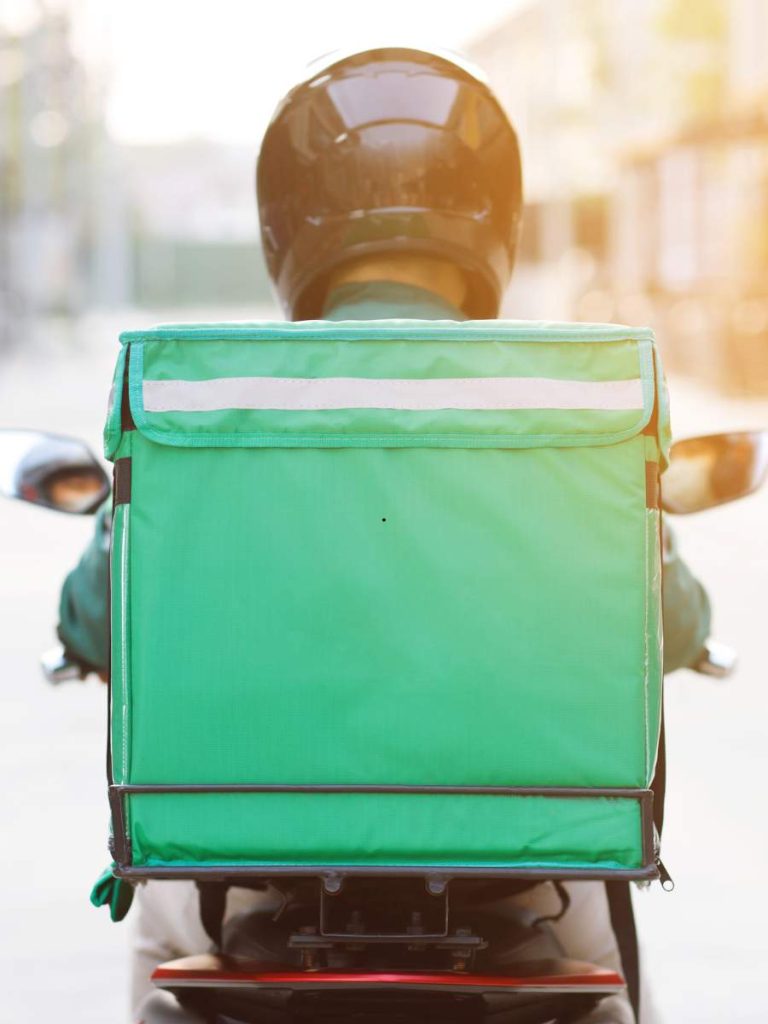
Food delivery has grown in popularity in Italy, particularly in cities like Milan, Florence, and Rome. If you’re ordering pizza or pasta to your Airbnb, tipping the driver is appreciated but not mandatory. If it’s raining or they’ve gone out of their way to find your building, leaving €1 to €3 is a simple thank-you. Most locals don’t tip for delivery, but it won’t feel out of place if you do.
At train stations or airports, you may occasionally encounter porters offering to help with bags. In tourist-heavy areas, they may expect a small tip—around €1 to €2 per bag. However, in many cases, such services are either automated or performed by official staff who aren’t allowed to accept gratuities. If you’re unsure, it’s okay to ask politely if tipping is accepted.
For grocery delivery or other errands, tipping is very rare. Italians value a clear exchange of service for payment, and gratuities are often seen as going above and beyond rather than part of the routine. A smile and a warm “grazie” are still your best tools.
What the Italians Themselves Say About Tipping
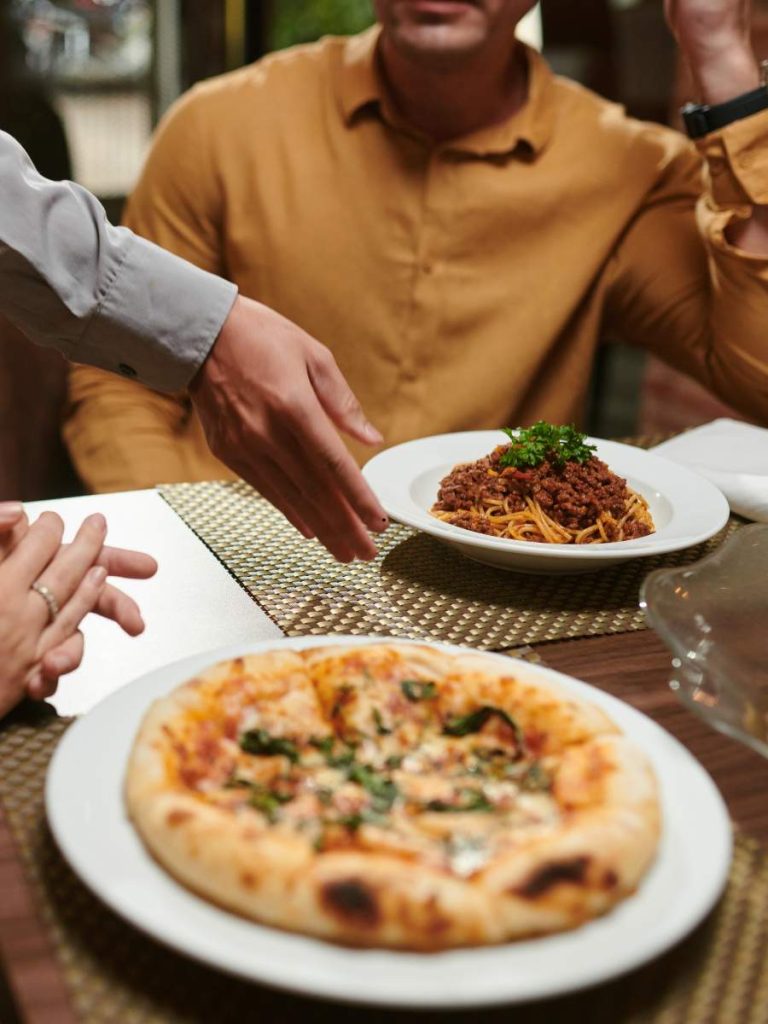
If you ask Italians about tipping, most will likely shrug. For many locals, the idea of calculating a percentage of the bill feels foreign. They simply don’t grow up with the expectation that tips are part of every transaction. Italians might leave a euro or two after a meal if they had a good experience, but rarely more than that. The gesture is more about acknowledgment than reward, a way of saying “thank you” rather than fulfilling a duty.
There’s also a sense that tipping disrupts the balance of service. In Italian culture, good service is expected regardless of whether there’s an added incentive. A server isn’t necessarily trying to “earn” a tip; they’re doing their job with pride. Tipping, especially if it’s overly generous, can feel awkward—almost like showing off or misunderstanding the relationship between client and professional. Italians often express discomfort when they see foreign tourists leaving large tips, as it shifts the mood from relaxed hospitality to commercial exchange.
That said, tipping is not frowned upon. It’s simply approached with a different rhythm. If you offer a small tip in a restaurant, it will often be accepted with a smile. In more touristy areas, locals are accustomed to visitors bringing their own customs with them. Still, if you want to travel respectfully and avoid looking out of place, it’s best to keep your tips modest and situational—just like the Italians do.
When It’s Considered Rude or Unnecessary to Tip
In Italy, tipping too much or in the wrong situation can come off as presumptuous or even insulting. For example, tipping at government offices, pharmacies, or public hospitals is not only unnecessary but may be interpreted as an attempted bribe. It’s important to understand the line between appreciation and overstepping a cultural norm. Tipping in professional, bureaucratic, or institutional settings is a definite no-go.
Likewise, in many small family-owned trattorias, the owner might be your server, cook, and cashier all at once. Tipping in these places can feel strange if it disrupts the personal nature of the service. Leaving too much money behind might lead to confusion or refusal. A heartfelt compliment about the meal or a handshake goes much further than coins on the table. The warmth of interaction is more important than monetary reward.
Another faux pas is treating tipping as a negotiation or a way to “buy better service” in advance. Italians don’t view tips as leverage. Handing a waiter money before ordering or suggesting a tip upfront to a hotel clerk in exchange for a favor can create tension. It’s always better to wait until the end of an experience and let the quality of the interaction speak for itself.
Tipping in Cash vs. Card
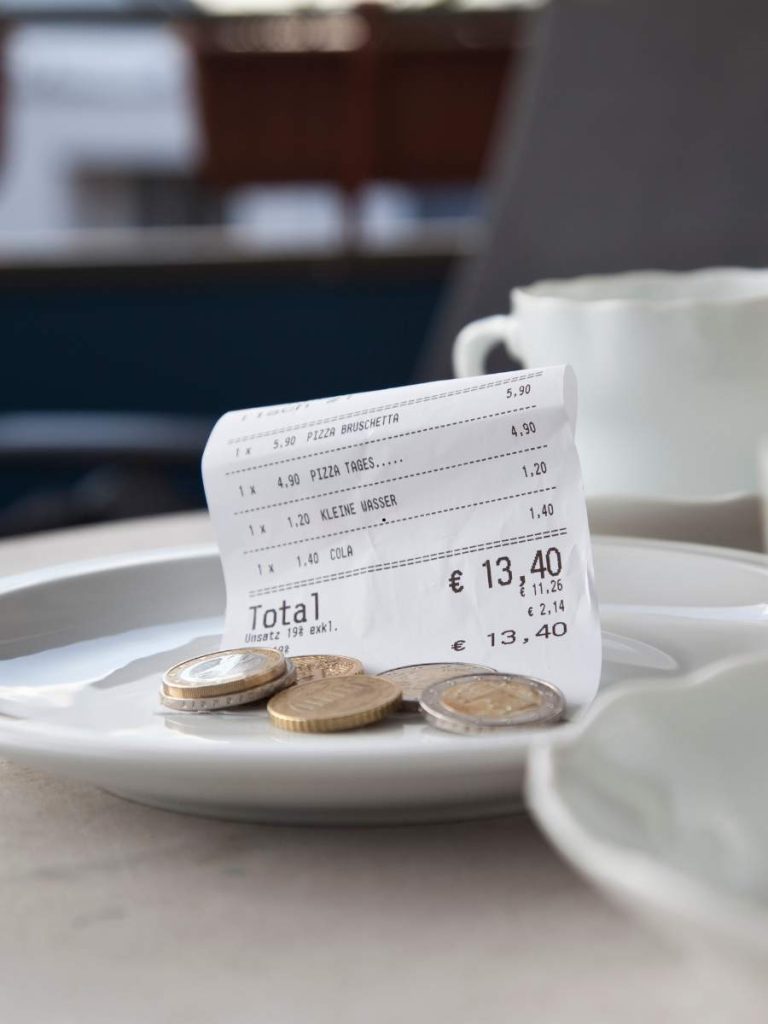
In Italy, cash is still king when it comes to tipping. Most Italians carry small coins or bills for day-to-day expenses, and tipping is no exception. If you want to leave a few euros on the table after a meal, simply placing the coins under the bill folder or plate is standard. Credit card receipts usually don’t have a space for adding a tip, and trying to request it can confuse your server or delay the process.
The best way to tip, especially in restaurants or taxis, is to pay the main bill by card and then leave a few coins or bills separately. It’s discreet and culturally appropriate. Attempting to tip via card can lead to logistical issues, like staff not being able to access the funds or confusion over how to handle the transaction. In some cases, the establishment might not allow it at all.
In upscale hotels or restaurants, there might be a formal process for adding service charges to your room bill, but this is the exception rather than the rule. Carrying a little cash ensures you can tip when you feel it’s deserved without having to scramble for coins. Even a single euro, given with sincerity, often means more than a digital addition to a card total.
Tipping in Different Regions of Italy
Italy isn’t just one culture—it’s a mosaic of regions, each with its own traditions, dialects, and quirks. Tipping etiquette, while generally consistent nationwide, can shift slightly depending on where you are. In the north, especially in cities like Milan or Turin, service tends to be more formal and efficient, but the tipping custom remains restrained. Locals may round up a bit more, but they’re still unlikely to leave double-digit gratuities.
In the south—places like Naples, Calabria, or Sicily—hospitality takes on a warmer, more personal tone. You might be welcomed like family, especially in smaller towns. But paradoxically, this often makes tipping feel even less necessary. Leaving too much can seem like you’re trying to put a price on someone’s generosity. Here, compliments, friendliness, and gratitude go further than coins. That said, in very touristy spots, staff may be more accustomed to tips and less surprised to receive them.
In ultra-touristy areas like Rome, Venice, and Florence, you’ll find a wider range of expectations. Some staff may hope for a tip, especially if you’re dining in places where most customers are foreigners. But even here, modesty is the norm. A few euros are sufficient, and anything beyond that is optional, not assumed. The key is to read the room and understand whether your surroundings feel local or geared toward international visitors.
Common Tipping Mistakes Tourists Make
One of the most common mistakes tourists make is tipping too much, too often, and too publicly. Leaving 20% on every restaurant bill might be generous where you’re from, but in Italy, it can draw puzzled stares. Not only is it unnecessary, but it can make other guests or staff feel uncomfortable. Over-tipping also reinforces the idea that tourists are easy targets for inflated expectations.
Another frequent error is misunderstanding the coperto. Many travelers see this fee on the bill and think it’s the tip, while others leave a tip on top of it without realizing it already covers some service. While the coperto isn’t a gratuity in the American sense, it does mean you’re already contributing something extra. If you’re happy with your meal, you can leave a euro or two more, but there’s no need to match U.S.-style tipping customs.
Finally, some visitors tip in the wrong situations entirely. Handing cash to someone at a museum, offering money to a store clerk, or tipping inside churches can be perceived as disrespectful or inappropriate. It’s important to understand that not all service interactions are created equal. Knowing when not to tip is just as important as knowing when to do it.
A Quick Cheat Sheet: What to Tip and When
If you’re sitting at a restaurant, round up or leave up to €2–€5 depending on the experience. In bars and cafés, tipping is not expected but leaving small change is fine. For taxi rides, round up to the nearest euro. For hotel staff like porters or housekeepers, a euro or two per bag or per night is courteous. Tour guides? A small token of thanks—especially on free tours or personalized experiences—goes a long way.
The bottom line is simple: when in doubt, tip modestly. Italians tip less than you may be used to, and they tip situationally, not systematically. By adjusting to local expectations, you’ll not only save money but also gain a deeper understanding of Italian culture—and that’s always worth more than a few euros.
Final Tips: Showing Appreciation the Italian Way
In Italy, appreciation isn’t measured only in money. A heartfelt grazie mille, a sincere smile, or a short compliment in broken Italian often leaves a greater impression than a tip. Italian culture values human interaction and warm gestures far more than transactional exchanges. Saying “The food was incredible” or “You made our day” can light up someone’s face more than a coin ever could.
If you’ve had a great experience—whether with a tour guide, a barista, or a hotel concierge—consider writing a review online. Italians, especially in smaller businesses, rely on word-of-mouth and digital praise more than tips to grow. A five-star review with a kind comment can do more for them in the long term than a couple of euros.
So as you explore the winding streets of Florence, the hilltop towns of Tuscany, or the canals of Venice, keep in mind that generosity doesn’t always come in the form of a tip. A little local knowledge, respect for the culture, and a genuine smile are often the most rewarding tips of all.

